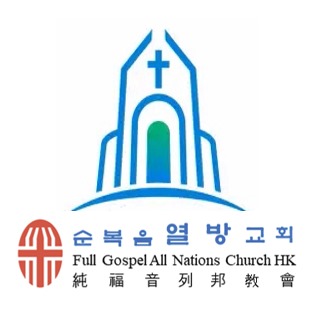Day 18 Reading Schedule: : Exodus 26-30 Exodus 26: The Tabernacle's Structure [Overview] Following the previous chapter that mentioned the equipment used in the tabernacle, this chapter records God's instructions regarding the tabernacle itself. First, it mentions the method of making the curtains that covered the inside and outside of the temple (verses 1-14), and details the boards and acacia wood bands that supported the tabernacle (verses 15-30). Finally, it mentions the dividing line between the Holy Place and the Most Holy Place and the curtain between them (verses 31-37). In particular, the Holy Place and the Most Holy Place mentioned last symbolize the entire tabernacle, symbolizing God's presence and foreshadowing Christ who will appear in the history of redemption. Starting from the most important Ark of the Covenant, God gave specific instructions in this chapter on the curtain covering the tabernacle, the boards that formed the frame, the curtain that separated the Holy Place from the Most Holy Place, and the curtain for the tabernacle door. The structure of the tabernacle can be seen as a mixed structure consisting of a solid frame and a tent. All of these were structures that could be easily dismantled and easily rebuilt by nature.
Exodus 27: The Altar of Burnt Offering and the Courtyard of the Tabernacle [Overview] Following the previous chapter, the records of the utensils needed for the tabernacle appear. First, the method of making the bronze altar used for burnt offerings is explained (verses 1-8), and the size of the court of the tabernacle and the surrounding pavement are described in detail (verses 9-19). Finally, the regulations regarding the lamps to light the sanctuary and the oil for the lamps appear. In giving instructions regarding the tabernacle, God gave instructions starting from the inside of the tabernacle and moving out to the outer court. As we go from the inside of the tabernacle to the outer court, we can see that even the materials used for the utensils change from gold to silver or bronze, and even the fabrics change from expensive to common. There is clearly some important meaning implied here.
Exodus 28: The Holy Garments of the Priests [Overview] Following chapters 25-27, which discuss the regulations for the construction of the tabernacle, this chapter discusses the regulations for the priests. God directly selected the Aaronic family as priests (verses 1-5) and gave them detailed instructions on the ephod, belt, breastplate, and outer garments to wear (verses 6-43). Such detailed instructions for the priests, who played the role of mediators for the sins of the people, demonstrate God’s extreme love for the people of Israel.
[Explanation] The meaning of the tabernacle is that God dwells among the people of Israel and that it shows Jesus Christ. This chapter explains the priestly office and the attire that the priests must have while serving in the tabernacle. The priestly garments were special and holy, and they also represented the person and ministry of Jesus Christ.
Exodus 29: The Priestly Inauguration Ceremony and the Burnt Offering [Summary] This chapter describes the priestly inauguration ceremony and the regulations regarding the sacrifices they were to offer daily. First, God performed a purification ceremony on Aaron and his sons and anointed them with anointing oil before they could perform their duties as priests (verses 1-9). Then, He commanded them to perform an inauguration ceremony and to offer such sacrifices every day thereafter (verses 10-36). Finally, He commanded them to perform a purification ceremony for the altar on which they were to offer sacrifices for seven days (verses 37-46). This chapter emphasizes the purification ceremony for the priests and the altar, telling us that only the clean can approach God.
This chapter shows that God commanded Moses to sanctify the priests and the altar. Aaron and his sons were washed with water, a ceremony was held to dress them in priestly garments, and finally, a sacrifice was offered to sanctify them. It was a very serious and important matter, worthy of daily sacrifice. Serving and representing the living God in this way was by no means a light matter.
Exodus 30: Incense Altar, Water Basin, and the Production of Anointing Oil and Incense
[Overview] This chapter follows chapters 25-27, which talk about the tabernacle equipment, and records the remaining tabernacle equipment. First, there is a record of the incense altar where incense was offered to God in the sanctuary (verses 1-10). Then, God took a census of the people and gave them a ransom for their lives, which was used for the tabernacle (verses 11-16). He ordered the bronze laver to be placed between the tabernacle and the altar (verses 17-21). He explained in detail the method of producing incense to be offered to God, and strictly prohibited ordinary people from ever making it (verses 22-38).
This chapter talks about God's instructions for the last equipment of the tabernacle. The incense altar is mentioned here for the first time, and this incense altar is different from the bronze altar. Also, following the equal offering of half a shekel and the water basin, it talks about the production of holy anointing oil and incense. Now, through the additional details, everything for the tabernacle is prepared.
|  All Nations Church
All Nations Church  All Nations Church
All Nations Church